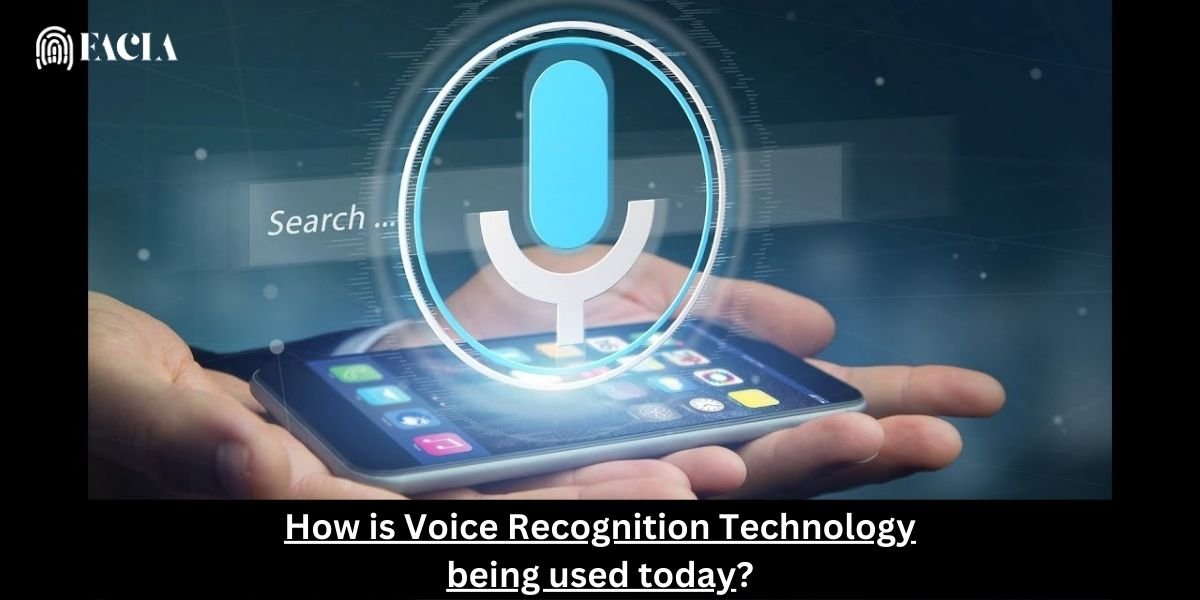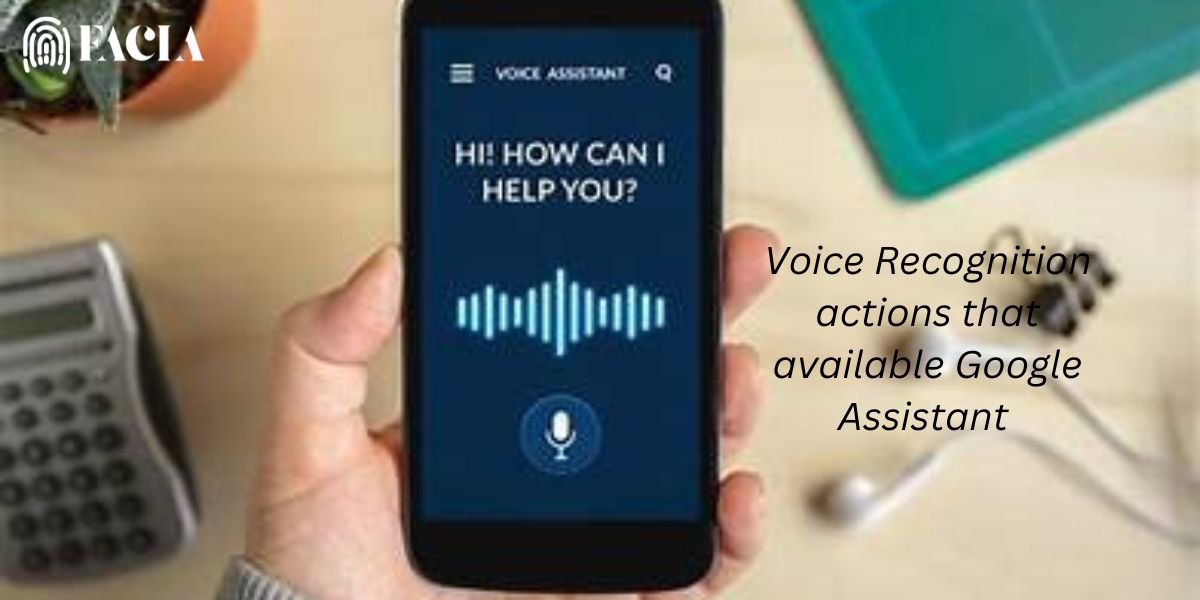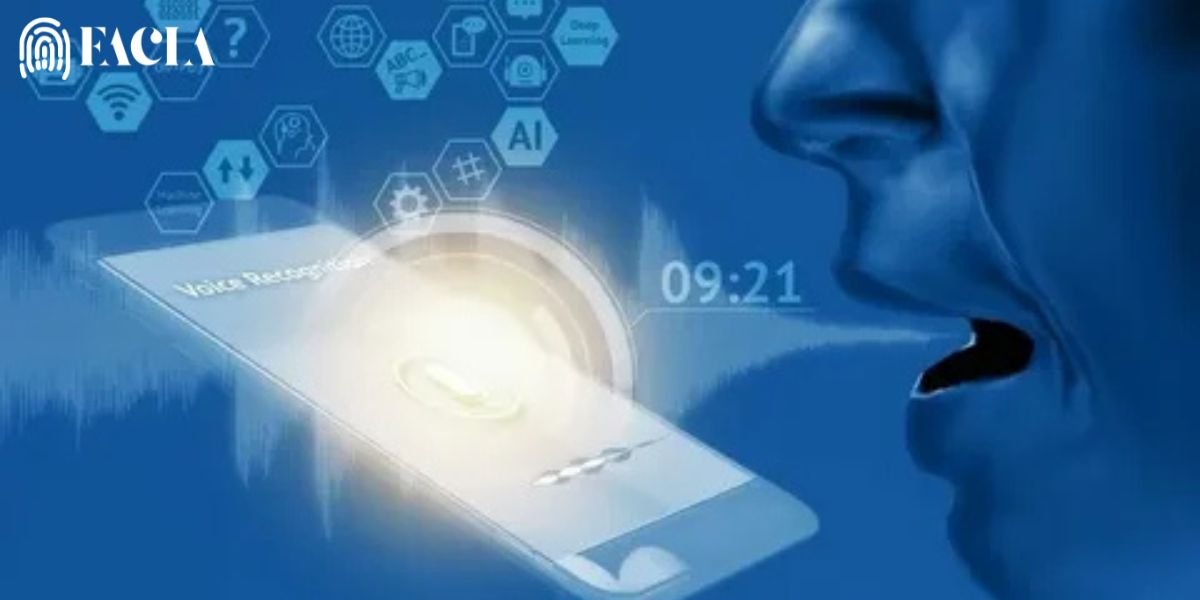Voice Recognition Technology is widely used across various industries today, enhancing convenience, security, and automation. Here are some of its key applications:
1. Virtual Assistants: The Conversational Interface
- Smartphones: Siri, Google Assistant, and Bixby have become ubiquitous on smartphones. They handle tasks like:
- Basic Commands: Making calls, sending texts, setting alarms, creating reminders.
- Information Retrieval: Answering questions about weather, traffic, news, sports scores, and general knowledge.
- Navigation: Providing directions and real-time traffic updates.
- App Control: Launching apps, playing music, adjusting settings, and interacting with app features.
- Personalization: Learning user preferences and providing tailored recommendations.
- Smart Speakers: Amazon Alexa, Google Home, and Apple HomePod have brought voice interaction into the home:
- Home Automation: Controlling smart lights, thermostats, locks, and other connected devices.
- Entertainment: Playing music, podcasts, audiobooks, and controlling smart TVs.
- Information and Assistance: Providing news briefings, setting timers, managing calendars, and answering questions.
- Communication: Making calls, sending messages, and intercom functionality.
- Shopping: Adding items to shopping lists, placing orders, and tracking deliveries.
- Other Devices: Voice assistants are also finding their way into other devices like smartwatches, TVs, and even appliances.
2. Hands-Free Control: Enhancing Convenience and Safety
- Automotive: Voice recognition in cars improves driver safety and convenience:
- Navigation: Setting destinations, getting turn-by-turn directions, finding points of interest.
- Entertainment: Controlling music playback, adjusting radio stations, and managing audio settings.
- Communication: Making hands-free calls, sending text messages, and managing contacts.
- Vehicle Controls: Adjusting climate control, activating windshield wipers, and controlling other vehicle functions.
- Smart Homes: Voice control is transforming home automation:
- Lighting: Turning lights on and off, dimming lights, and changing colors.
- Thermostats: Adjusting temperature settings and creating schedules.
- Appliances: Controlling smart appliances like ovens, refrigerators, and washing machines.
- Security: Arming and disarming security systems, locking doors, and monitoring cameras.
- Entertainment: Controlling smart TVs, streaming devices, and sound systems.
3. Accessibility: Empowering Individuals
- Assistive Technology: Voice Recognition empowers individuals with disabilities.
- Dictation Software: Creating documents, emails, and other written content without the need for typing.
- Screen Readers: Interacting with computers and mobile devices by voice, for users with visual impairments.
- Voice Control: Managing devices and applications using voice commands, for users with limited mobility.
4. Customer Service: Automating and Enhancing Interactions
- Interactive Voice Response (IVR): Automated phone systems use voice recognition to:
- Call Routing: Directing callers to the appropriate department or agent.
- Information Provision: Providing automated responses to common inquiries (e.g., account balance, order status).
- Self-Service Options: Allowing customers to perform tasks like making payments or changing account information using voice commands.
- Chatbots: Voice-enabled chatbots provide conversational customer support:
- Answering Questions: Addressing frequently asked questions about products, services, or policies.
- Troubleshooting: Helping customers resolve technical issues or problems.
- Order Management: Tracking orders, processing returns, and providing shipping information.
- Lead Generation: Qualifying leads and collecting customer information.
5. Healthcare: Improving Efficiency and Patient Care
- Medical Dictation: Voice recognition streamlines documentation.
- Physician Notes: Dictating patient encounters, medical history, and examination findings.
- Radiology Reports: Generating reports from medical imaging studies.
- Pathology Reports: Creating detailed descriptions of tissue samples.
- Prescriptions: Electronically prescribing medications.
- Virtual Assistants: Voice-based assistants can help with:
- Medication Management: Reminding patients to take their medications.
- Appointment Scheduling: Booking and managing appointments.
- Health Information Access: Providing patients with access to their medical records and health information.
6. Security: Enhancing Authentication
- Voice Biometrics: Voice recognition adds a layer of security.
- Authentication: Verifying identity for access to secure systems, devices, or accounts.
- Fraud Prevention: Detecting fraudulent activity by comparing voice patterns.
7. Entertainment: Enhancing User Experience
- Voice Search: Streaming services and entertainment platforms:
- Content Discovery: Searching for movies, TV shows, music, and other content using voice commands.
- Hands-Free Control: Navigating menus, adjusting playback, and controlling volume using voice.
- Gaming: Voice interaction enhances gameplay.
- Command Control: Issuing commands to characters, controlling actions, and interacting with the game environment.
- Voice Chat: Communicating with other players in multiplayer games.
8. Other Industries:
- Education: Voice recognition assists with
- Transcription: Automatically transcribing lectures and presentations.
- Language Learning: Providing feedback on pronunciation and language skills.
- Accessibility: Supporting students with disabilities.
- Manufacturing: Voice control in industrial settings:
- Hands-Free Operation: Controlling machinery and equipment using voice commands.
- Data Entry: Recording data and information hands-free.
- Safety: Enhancing safety by allowing workers to focus on tasks without manual input.
- Logistics: Voice-based systems streamline warehouse operations:
- Inventory Management: Tracking inventory levels and locations.
- Order Fulfillment: Picking and packing orders using voice commands.
- Shipping and Receiving: Managing shipments and deliveries.
Read More:





